Evaluating cattle productivity often focuses on common benchmarks such as body condition, weight and feed consumption. Yet, there’s another informative — and sometimes ignored — performance indicator in plain sight: manure.
What comes out of the back end of your cattle can tell you a lot about your nutrition program. By utilizing a manure scoring tool, you can analyze your cattle’s manure and better understand how well the rumen is working to ensure your nutrition dollars are being used by the cow and not just passing through into their manure.
“Think of manure scores as a short-term report card on how the diet’s doing in the rumen,” said Ted Perry, cattle nutritionist with Purina Animal Nutrition. “By scoring manure on the 1-5 scale, you can gain insight into the rumen environment, optimize your nutrition program and get more out of your feed resources.”
What do the manure scores look like and mean?
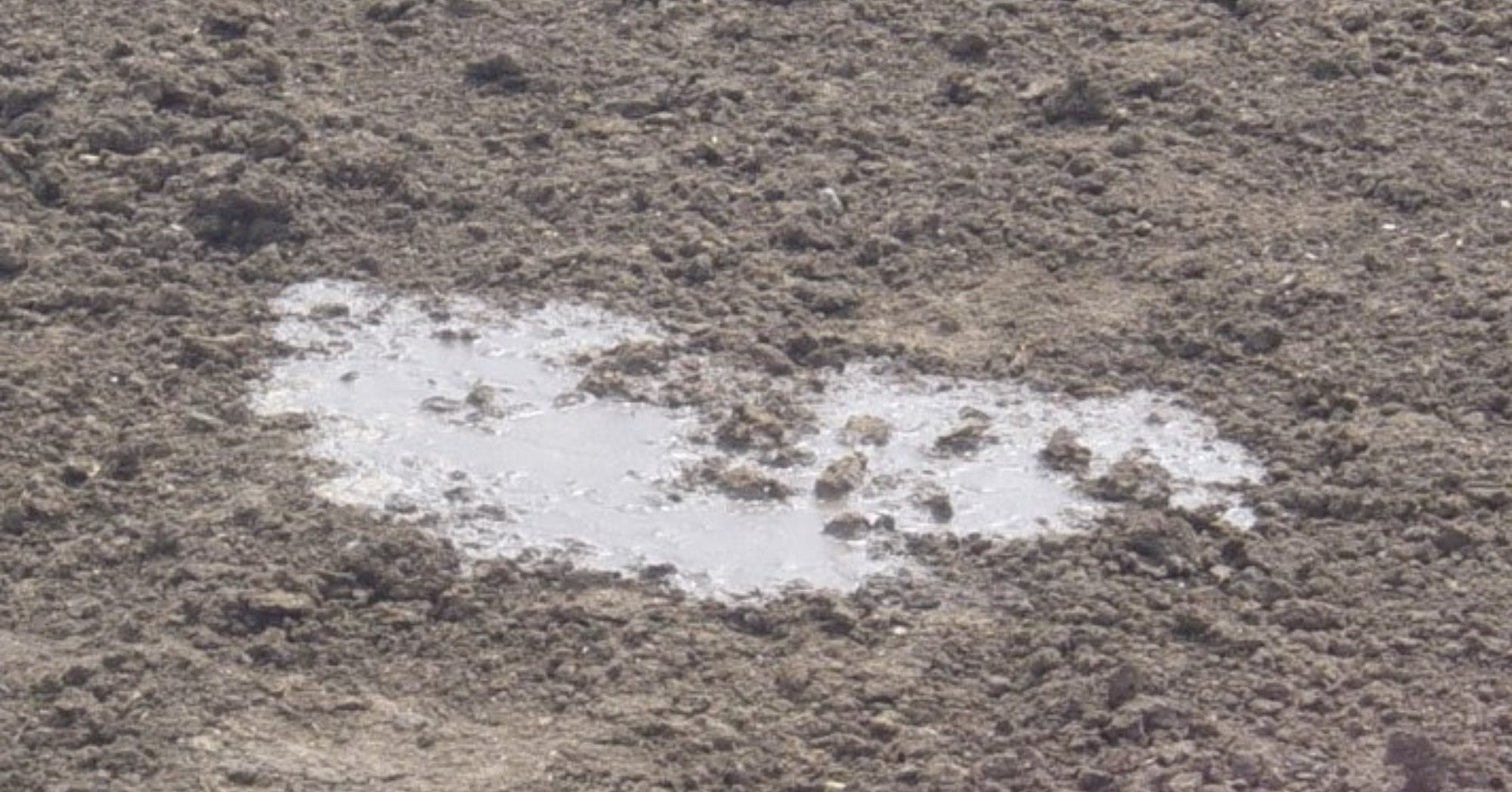
Manure score 1: The manure is more liquid than solid, with a cream soup consistency and possible gray color. The rumen isn’t functioning correctly, and what’s passing through is essentially water. This can also be an indication of acidosis and rumen upset. It is most commonly seen in feedlot diets.
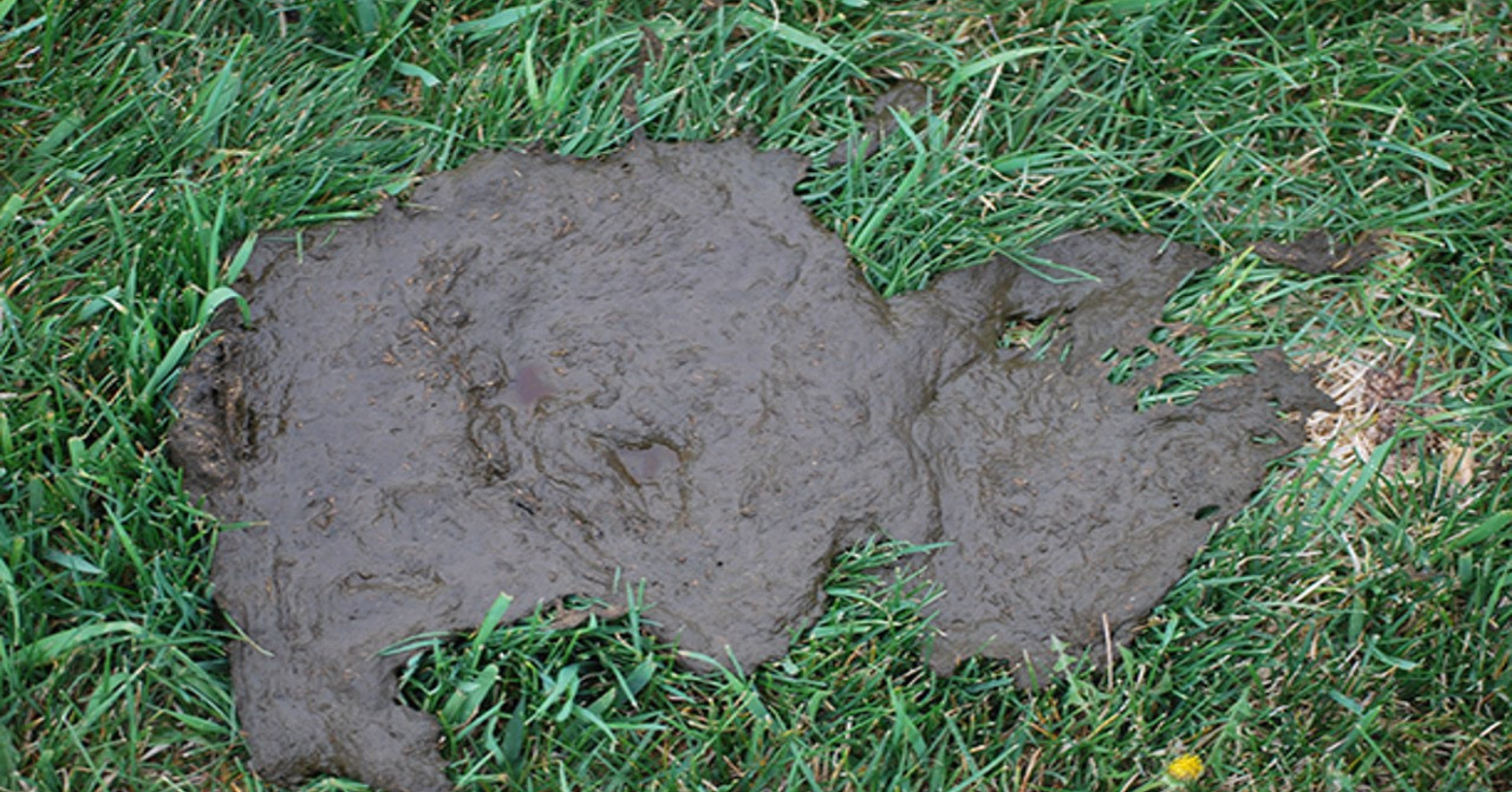

Manure score 2: Manure doesn’t stack up properly. The manure pat is usually less than 1 inch thick and relatively runny or nearly liquid-like. The color will generally be the normal manure brown, typically experienced when forages are lush in the spring.
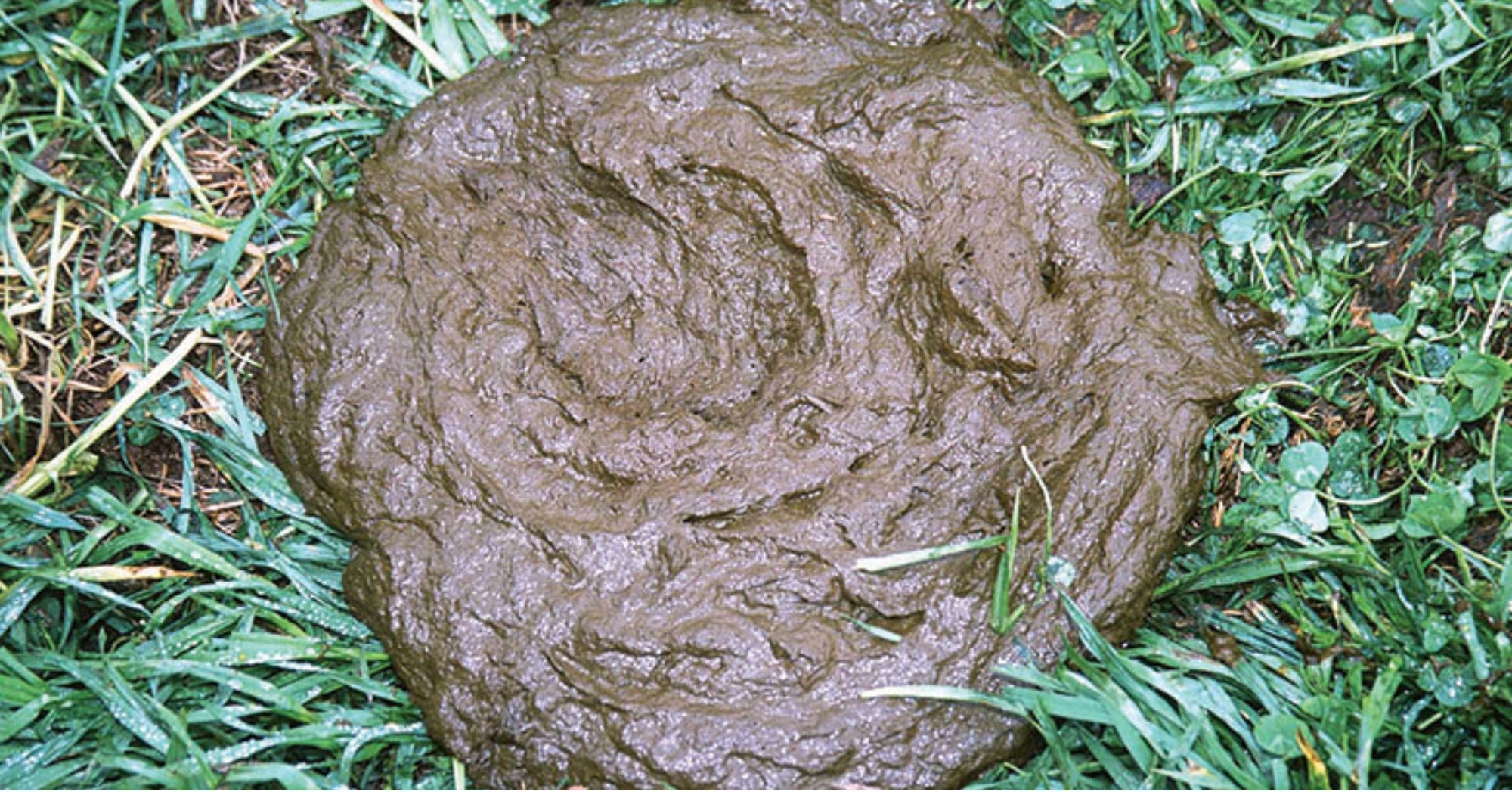

Manure score 3: This is the ideal manure score to aim for year-round in your cow herd. It has a normal manure pat form and will be relatively firm and retain its shape.
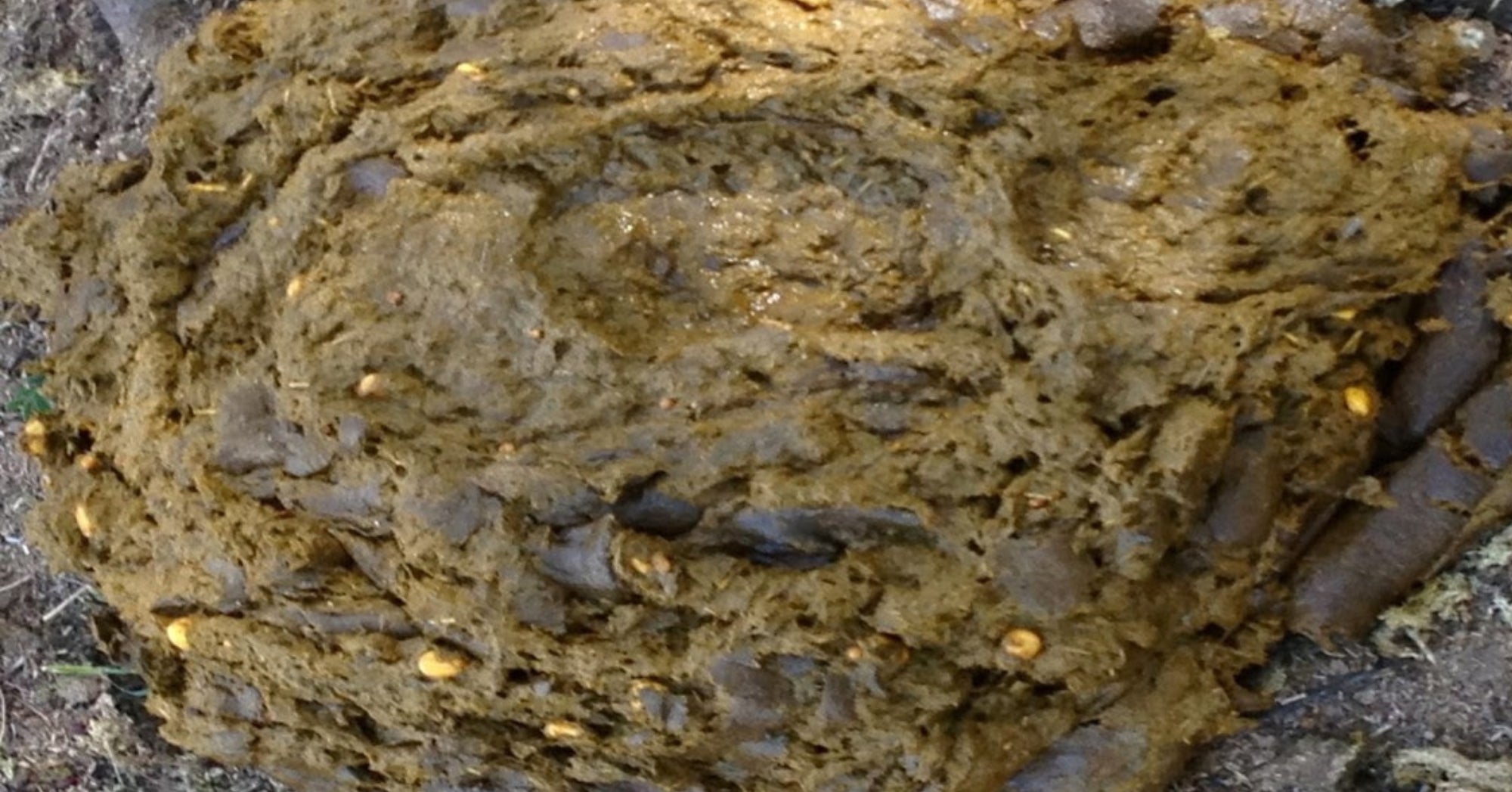

Manure score 4: The manure pat is thick and becomes more profound, yet it is not stacking. Rumen is not balanced for protein, carbohydrates and fiber degradability. It tends to happen when corn is added to the diet, and you’ll see undigested corn particles in the manure.
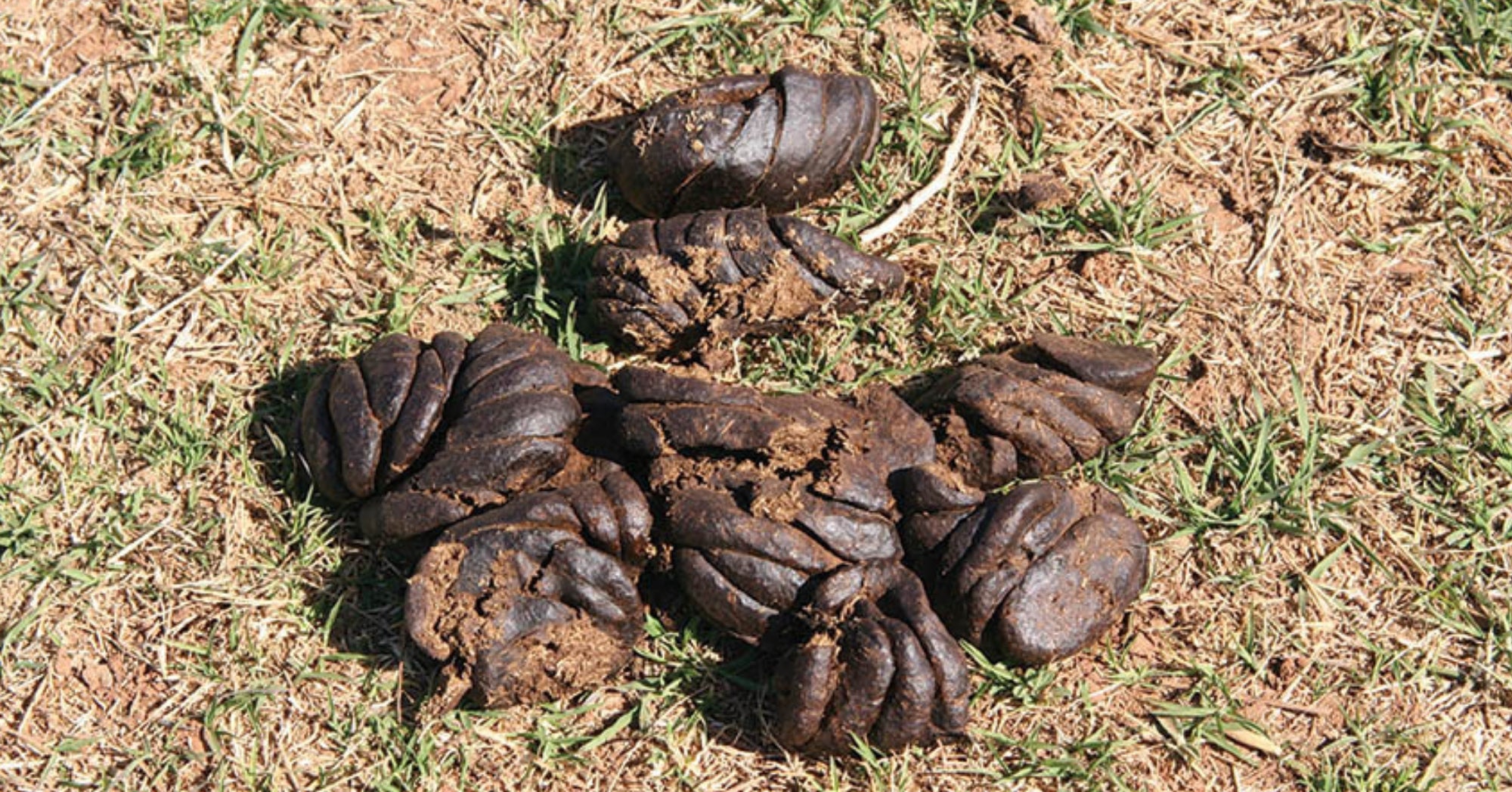

Manure score 5: The manure pat is firm and stacks over 2 inches high. It can also resemble horse manure in its look because undegraded fiber passes through the rumen. You can break open the manure and see the fiber.
How can you improve manure scores?
Manure score 1 requires the most significant diet change and will need a lot of fiber, usually in the form of hay.
“You’ll also want to work with a nutritionist to adjust the diet properly when the manure score is so low,” says Perry. “If the manure score is 2, ensure a quality mineral balanced for trace minerals is available, along with providing any supplemental fiber.”
When scores are higher (4 and 5), supplementation can bring the rumen back in balance by increasing forage digestibility. Using a cooked supplement like a tub or block helps regulate the manure score by feeding the rumen microbes appropriate amounts of starch, protein, vitamins and minerals.
“If you feed the rumen microbes properly, you’ll get better forage digestion,” says Perry. “For instance, it’s not uncommon to see cows grazing corn stalks with protein tubs having a manure score of 3 because the rumen microbes have been fed right.”
To maintain an ideal manure score of 3, adjust your supplementation and mineral as forages change.
“Forage quality constantly shifts throughout the year, so your nutrition program must also shift,” says Perry. “Adjusting the nutrition program based on manure score helps keep the cow herd in optimum body condition score.”
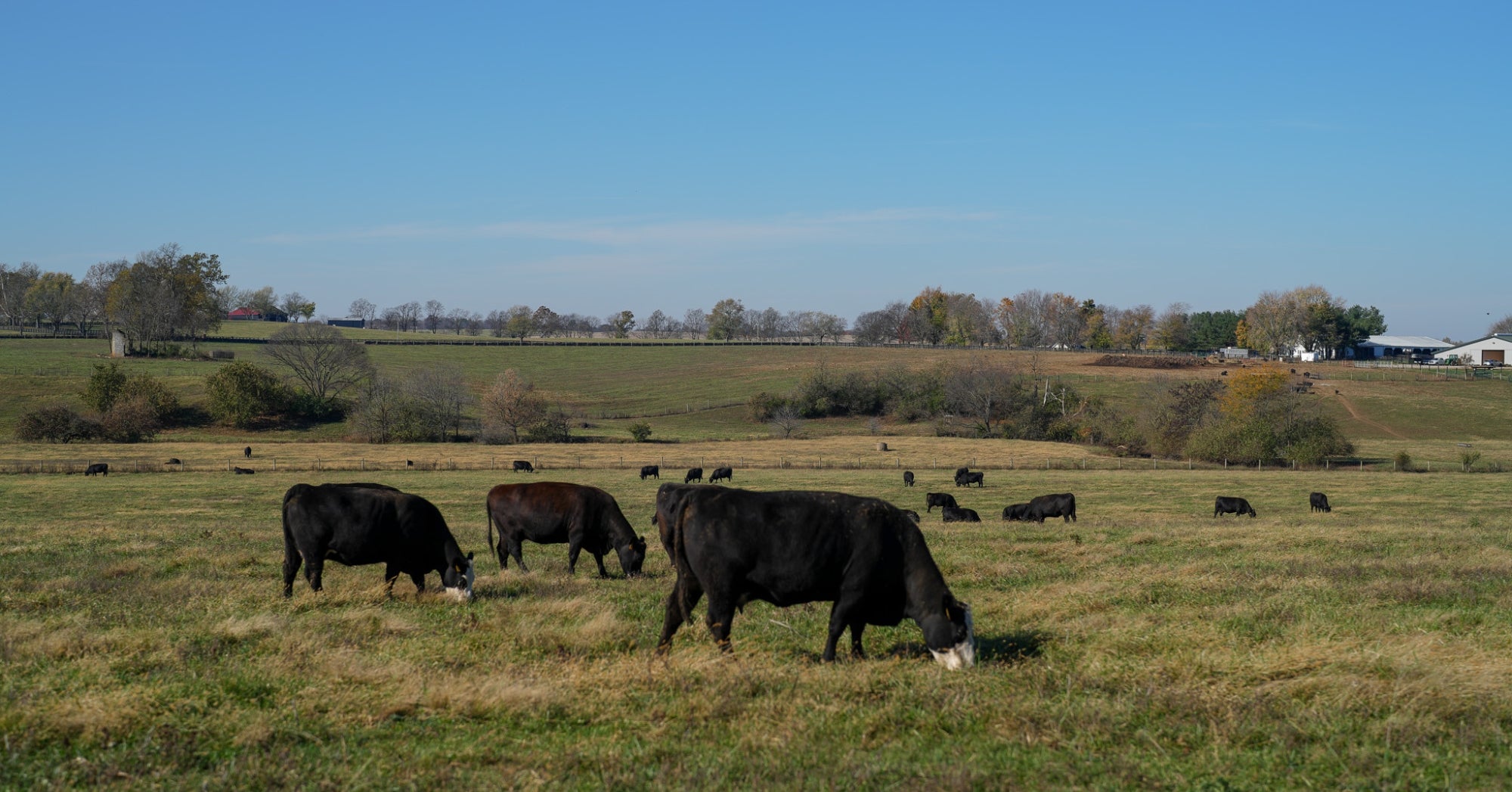

When should you gather manure scores?
Manure scores can be gathered throughout the year. A good time to utilize this tool is in tandem with body condition scoring to get an even better idea of how your nutrition program is working. If you currently work with a nutritionist to help body condition score your herd, they can also assist you with manure scores.
“It’s also a good idea to check manure scores whenever there’s a diet change,” says Perry. “If you’ve moved the herd from one type of forage to a new one, like dormant native grass in late winter to wheat pasture, there will be a difference in the manure.”
Similarly, if you’re grazing pasture or feeding hay and consistently see a manure score of 5, it’s time to make a change with some supplementation and minerals. Three to four days after making a diet change is the ideal time to reevaluate manure scores because the rumen has had enough time to adjust.
“Much like body condition scoring, manure scoring can quickly tell you how your herd is performing and help you make important nutrition decisions,” says Perry. “Incorporating this tool into your regular management routine can give you valuable insights to ensure your nutrition program is as efficient and effective as possible.”
This piece was submitted by Purina.


:max_bytes(150000):strip_icc()/Canadian20flag48553671412_aeb0538794_c-0bfa123de2b54e30ab4fadecae382d4a.jpg)

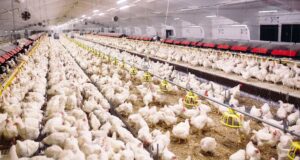




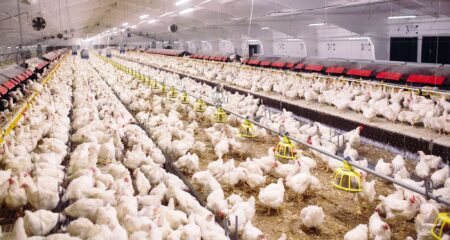
:max_bytes(150000):strip_icc()/WheatField-CloseUp-2000-bc79406da4004a2d94bcb2c32153cc3a.jpg)
:max_bytes(150000):strip_icc()/7020544KaronOlsoninshopoffice_preview-a3eff2b1e1aa4f819cb28d5eec1cac8a.jpg)
